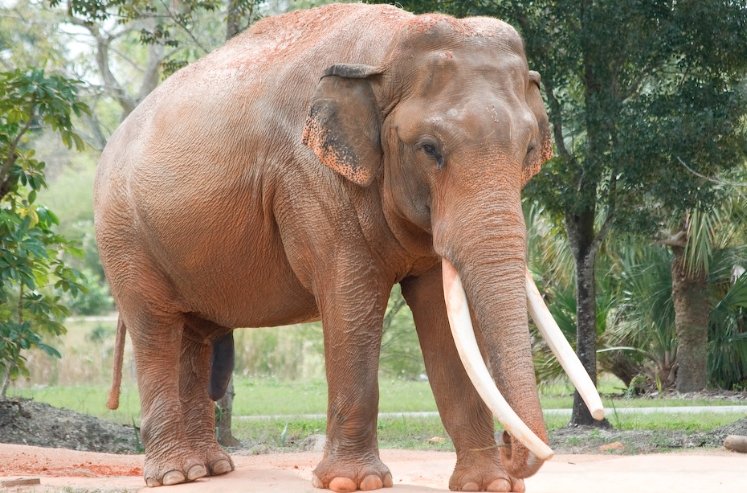A fascinating new study conducted by the University of Texas has uncovered evidence of a rich and diverse prehistoric ecosystem that once thrived along the Texas coast, 11 million years ago. The research, which analyzed a vast collection of 4,000 fossils, reveals that ancient Texas was home to rhinoceros, elephant-like creatures, antelope, and wild dogs, painting a vivid picture of a landscape that resembled the Serengeti.
Unveiling the “Texas Serengeti”
The study, led by Steven May from the University of Texas’ Jackson School of Geosciences, examines fossil specimens gathered during the Great Depression as part of the State-Wide Paleontologic-Mineralogic Survey. This project, funded by the Works Progress Administration (WPA), employed thousands of people across the country, many of whom were trained as amateur fossil hunters. They collected fossils for just $0.20 an hour, unearthing bones, tusks, and teeth from various species along the Texas shoreline.
May’s team analyzed these specimens, revealing that the Texas Gulf Coast once hosted a mix of woodland and grassland environments, similar to today’s African Serengeti. Rivers and floodplains carved through the landscape, supporting a variety of animals. The research provides crucial insights into how these species adapted to their environment.

Remarkable Discoveries
The collection of fossils revealed a wealth of information about ancient Texas. Among the most exciting finds was the discovery of gomphotheres, an extinct genus of elephant-like animals with shovel-shaped jaws. These creatures are believed to have been close relatives of modern elephants, offering a glimpse into the diversity of ancient megafauna.
Additionally, the team discovered the oldest alligator fossil found in North America, a testament to the region’s long history of reptilian life. Researchers also identified 12 species of horse-like animals, seven reptiles, five fish species, and five carnivorous mammals—likely distant relatives of today’s wild dogs. The collection further revealed four rodents and two bird species, rounding out a rich prehistoric ecosystem.
A Peek Into Ancient Ecosystems
The study also highlights the importance of smaller fossils that were previously overlooked. During the WPA excavations, amateur fossil hunters primarily focused on larger, more easily identifiable specimens like tusks and skulls. As a result, smaller bones, which are crucial to understanding the full ecosystem, were often ignored. To fill in the gaps, May’s team revisited the original excavation sites, using aerial footage and historical notes to locate previously overlooked fossils, such as tiny mouse bones. These smaller fossils provide valuable context for understanding the complex relationships within the ancient ecosystem.
The Legacy of the WPA Fossil Excavations
The collection of fossils from the State-Wide Paleontologic-Mineralogic Survey, which began in 1939, remains one of the largest and most significant fossil assemblages in the United States. Much of the collection is housed at the Texas Vertebrate Paleontology Collections at the Jackson School Museum of Earth History. Although other researchers have studied parts of this collection over the years, May’s comprehensive study represents the first time the entire fossil collection has been analyzed in its entirety.
Continuing Research
The discoveries made during this research project are not only providing new insights into the ancient ecosystems of Texas but also helping to preserve an important part of the state’s natural history. The collection continues to inspire further research opportunities, and collaboration with institutions like the University of Texas ensures that the legacy of the WPA’s fossil hunters lives on.
As May and his team continue to study these fossils, we can expect even more revelations about the creatures that once roamed the Texas coastline, shedding light on the ancient landscapes that predated the world we know today.














